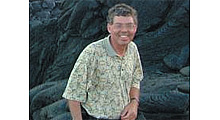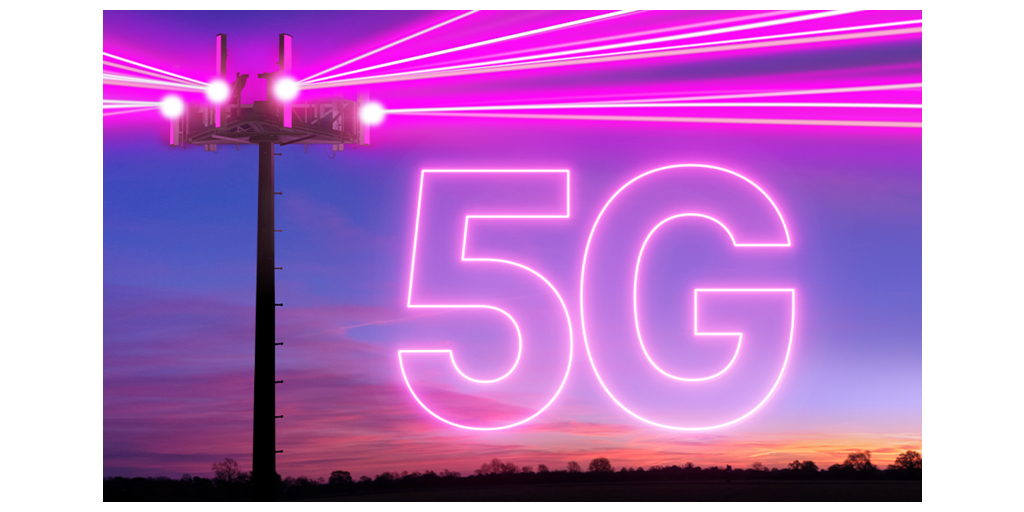
Doug Lung Less than a year after TV broadcasters completed the analog shutdown and, as a result, returned 108 MHz of spectrum for wireless broadband and public safety use, the FCC released the National Broadband Plan recommended taking 120 MHz (20 channels) from TV broadcasting and reallocating it for wireless broadband. A few months later the FCC held its Broadcast Engineering Forum to explore how this recommendation could be implemented. The engineers participating in the forum presented slide after slide showing how taking this much spectrum from TV broadcasting would be impossible without forcing many stations off the air or requiring every station in some markets to share channels. The FCC continued working on their model for clearing broadcast spectrum. While few details on the model were released, based on the data presented in the Forum it started to look like stations that didn't voluntarily give up their spectrum would be forced into sharing a channel with another station, moving from a UHF to a VHF (including low VHF) channel and/or lose coverage.
Fortunately, thanks to the efforts of the National Association of Broadcasters, state broadcast associations, the Association for Maximum Service Television (MSTV, now part of NAB), and lobbying by broadcast group owners, affiliate groups and individual stations, when Congress implemented the Middle Class Tax Relief and Job Creation Act of 2012, hereafter called the Spectrum Act, this year it included several protections for broadcasters. Stations broadcasting on UHF channels cannot be involuntarily moved to a VHF channel and the FCC must make “all reasonable effort to preserve coverage and population served” in the repacking process. Using funds from auctioning the returned spectrum, the FCC must reimburse stations that are forced to change channels for reasonable costs. Whether the allocated funds will be enough will depend on how many stations have to change channels.
As the year drew to a close, the FCC issued a Notice of Proposed Rulemaking proposing different options for the incentive auctions and, of most interest to TV broadcasters not planning to return their spectrum, how their coverage and population served would be calculated and how they would be reimbursed if they had to change channels.
In 2013, the rules for the incentive auction and the repacking should be finalized. A key question is whether the FCC will use the repacking only to aggregate the spectrum received through the incentive auction or whether they will use it to squeeze broadcasters into the smallest amount of spectrum possible, eliminating spectrum now used for secondary purposes including LPTV, TV translators and, of course, wireless microphones and wireless intercoms at nuclear plants. Listening to the House Energy and Commerce Subcommittee on Communications and Technology “Keeping the New Broadband Spectrum Law on Track” hearing earlier this month, it was clear some congressmen believed repacking should not be used to eliminate these secondary but important users. The deadline for comments in the NPRM has been extended, but I expect we will see some response from the NAB around NAB time (April 2013). Even then, it may not be clear how many stations will need to change channels. We won't know for sure until the incentive auctions are over. If a large number of stations have to change channels, it could be difficult to complete the moves in the time allowed under the Spectrum Act, as Jay Adrick skillfully explained during the FCC Broadcaster Relocation Workshop.
One major concern is that the law protecting broadcasters' coverage and population served and their UHF channels only applies to the incentive auction process. If the FCC doesn't recover as much spectrum as it wants in the incentive auction, TV broadcasters and the NAB may have a much more difficult battle protecting free over-the-air TV. Based on the comments I heard during the House subcommittee hearing, there are some powerful Congressmen that would be against such an action. However, writing a law to stop the FCC from destroying over-the-air TV, if it decides to take that step, won't be easy.
The professional video industry's #1 source for news, trends and product and tech information. Sign up below.

Doug Lung is one of America's foremost authorities on broadcast RF technology. As vice president of Broadcast Technology for NBCUniversal Local, H. Douglas Lung leads NBC and Telemundo-owned stations’ RF and transmission affairs, including microwave, radars, satellite uplinks, and FCC technical filings. Beginning his career in 1976 at KSCI in Los Angeles, Lung has nearly 50 years of experience in broadcast television engineering. Beginning in 1985, he led the engineering department for what was to become the Telemundo network and station group, assisting in the design, construction and installation of the company’s broadcast and cable facilities. Other projects include work on the launch of Hawaii’s first UHF TV station, the rollout and testing of the ATSC mobile-handheld standard, and software development related to the incentive auction TV spectrum repack. A longtime columnist for TV Technology, Doug is also a regular contributor to IEEE Broadcast Technology. He is the recipient of the 2023 NAB Television Engineering Award. He also received a Tech Leadership Award from TV Tech publisher Future plc in 2021 and is a member of the IEEE Broadcast Technology Society and the Society of Broadcast Engineers.
